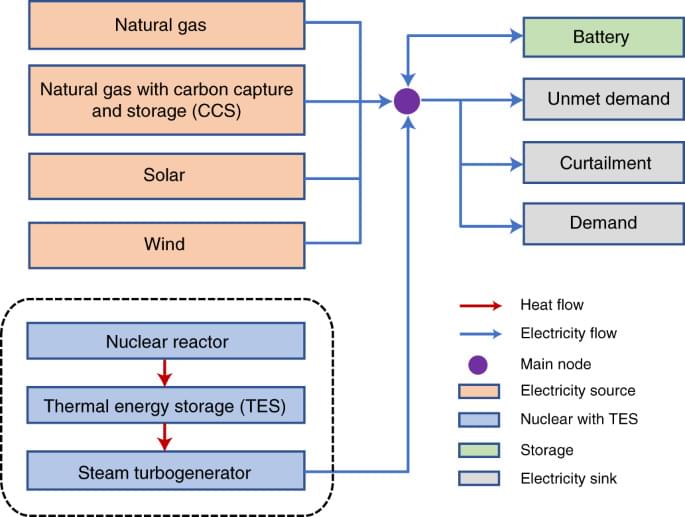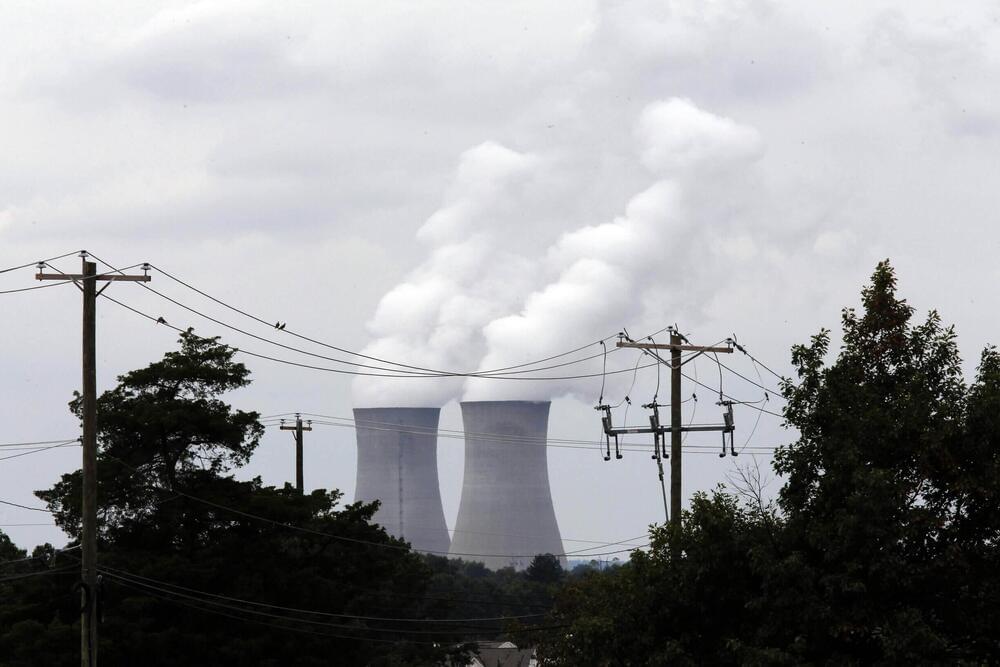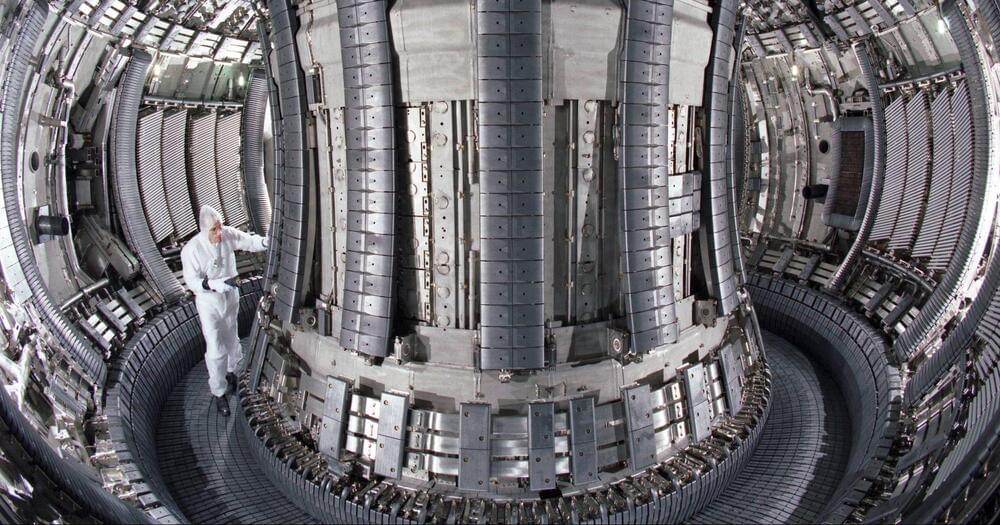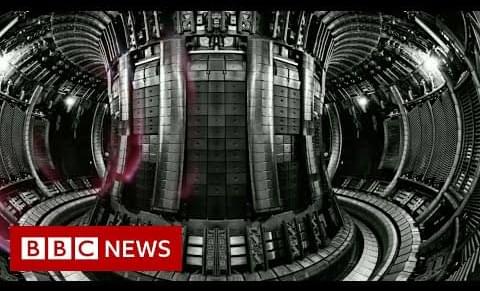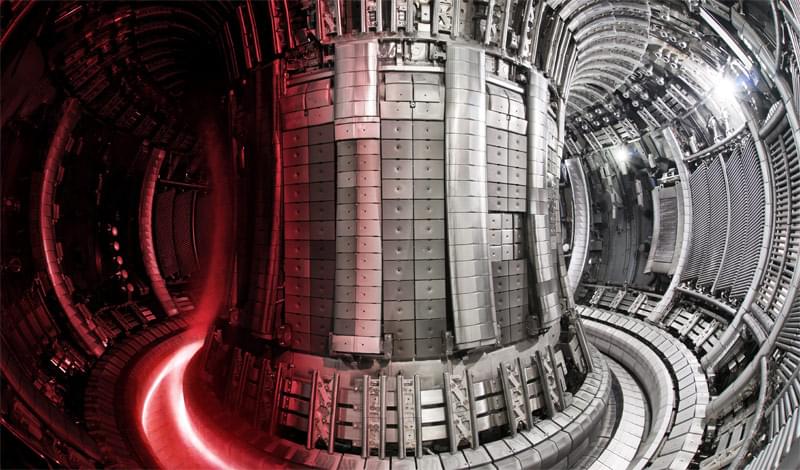Category: nuclear energy – Page 75
On Monday in Washington, D.C., an agreement was signed between American company NuScale Power and the Polish KGHM mining company to build nuclear reactors in Poland.
“We decided that Poland’s strategic partner in nuclear energy will be the United States and American companies. Both in building a conventional, large nuclear power plant, as well as introducing Small Modular Reactors (SMR),” Deputy Prime Minister and Minister of State Assets Jacek Sasin said during his visit to Washington.
He added that there were hopes that the first reactors will be able to start operating within the next seven to eight years.
The ISS is 1,000 times closer to us than the Moon, and 600,000 times closer than Mars. To get to the latter and back safely, we need faster rocket propulsion systems.
Using the conventional chemical rocket technology we have perfected at this time, a single mission to Mars will require the launch of a mass equal to 10 ISS to be put into space. It will involve at least 30 and as many as 40 of the largest rockets we have today to put the spacecraft, crew and fuel needed for the mission. That doesn’t include adding reserves of fuel placed strategically along the route should a problem arise going to Mars and coming back. Brown states that the total cost of a single mission using this approach would exceed $80 billion using the yet-to-be-launched SLS as the primary vehicle. With SpaceX and the Starship and Heavy booster, the cost could be cut by half. But even $40 billion for a single mission seems excessive.
Using nuclear-powered propulsion systems, however, would eliminate the need to put megatons of fuel into orbit. The only time chemical rockets would be used would be in launching the crew and spaceship components to Earth orbit. That could be done in as few as three launches with the final assembled ship going to Mars and back and then being parked in Earth orbit to be used again on future missions.
What additional advantages can be derived from using nuclear? Thermal-powered nuclear is at least twice as efficient as current chemical rockets and requires a tiny fraction of the fuel to get the job done. Electric-powered nuclear starts moving the rocket slowly away from Earth and then continuously accelerates to attain peak speeds of 200,000 kilometres (120,000 miles) per hour. An electric-powered nuclear propulsion system would use even less fuel than thermal-powered nuclear and would shorten the voyage to a month.
The Joint European Torus (JET) fusion reactor in the UK has generated the highest level of sustained energy ever from atom fusion. On December 21st, 2021, the “tokamak” reactor produced 59 megajoules of energy during a five-second fusion pulse. That’s double what it created back in 1997. (Yes, I know energy is not created or destroyed, but you get what I mean!)
The JET reactor is the flagship experimental device of the European Fusion Program, funded by the EU. It’s mainly designed to prove scientists’ modeling efforts, with an eye on future, bigger experiments with a much larger ITER reactor in France, set to start fusion testing in 2025.
JET hit a Q value of 0.33, meaning it produced about a third of the energy put in. The highest Q value achieved so far is 0.7 by the US Department of Energy’s National Ignition Facility, but it only hit that figure for 4 billionths of a second. The goal with ITER is to reach a Q factor of 10 or greater. Fun fact: ITER isn’t an acronym but means “the path” in Latin. And now you know.
Nuclear power may not be as bad as you think. If we used Thorium instead of Uranium, we could greatly decrease dangerous radioactive by-products. There is enough Thorium in the world to meet all our energy needs for over 1,000 years.
In this video I show you how nuclear power plants work, and how Thorium can change the game. I aim to shift your views on nuclear power.
This is how energy is created in a nuclear reactor: When you split some heavier atoms into two lighter atoms, you get a lot of energy. For example, if you hit an isotope of Uranium, Uranium-235 with a neutron at the right speed, it will split into two lighter atoms like barium-141 and krypton-92 & 3 neutrons. These neutrons then split other U-235 atoms, leading to a chain reaction, producing more and more energy.
But the benefits of fusion reaction are immense. Apart from generating much more energy, fusion produces no carbon emissions, the raw materials are in sufficient supply, produces much less radioactive waste compared to fission, and is considered much safer.
Over the years, scientists have been able to draw up the plan for a fusion nuclear reactor. It is called ITER (International Thermonuclear Experimental Reactor) and is being built in southern France with the collaboration of 35 countries, including India which is one of the seven partners, alongside the European Union, the United States, Russia, Japan, South Korea and China.
European scientists say they have made a major breakthrough in their quest to develop practical nuclear fusion — the energy process that powers the stars.
The UK-based JET laboratory has smashed its own world record for the amount of energy it can extract by squeezing together two forms of hydrogen.
If nuclear fusion can be successfully recreated on Earth it holds out the potential of virtually unlimited supplies of low-carbon, low-radiation energy.
The experiments produced 59 megajoules of energy over five seconds, more than double what was achieved in similar tests back in 1997.
Please subscribe HERE http://bit.ly/1rbfUog.
#BBCNews
The biggest breakthrough in fusion energy since 1997 has been reported today at the Joint European Torus in Oxford, UK, with 59 megajoules produced over five seconds (11 megawatts of power), more than double the previous record.
Experiment at UK’s JET facility boosts hope that clean power source could soon be harnessed commercially.
News, analysis and comment from the Financial Times, the worldʼs leading global business publication.
